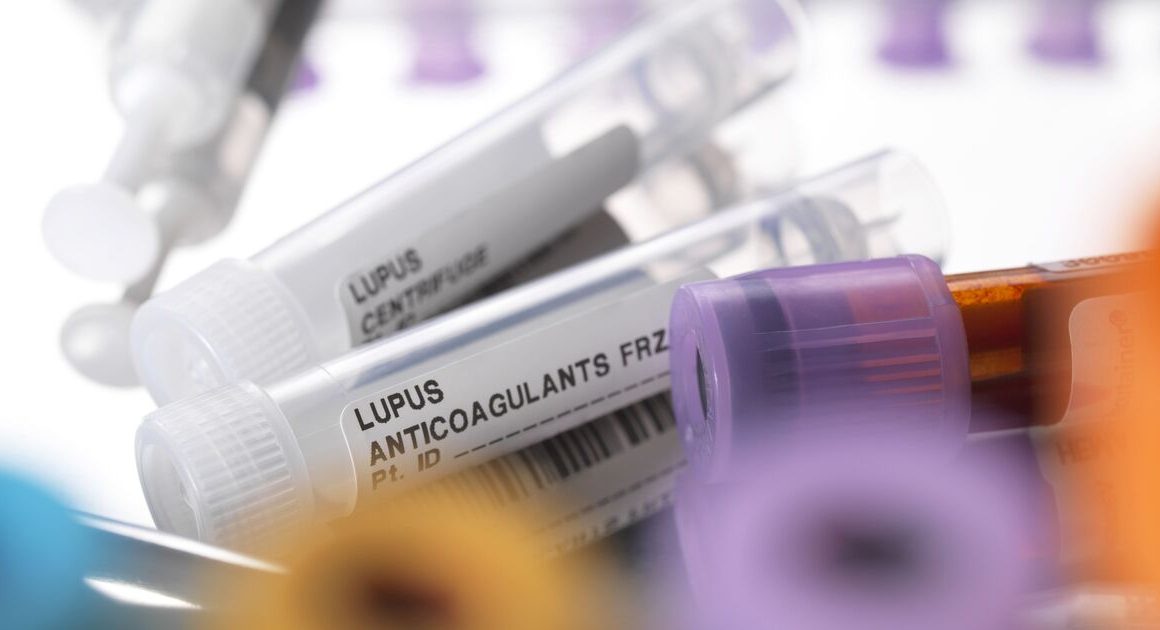Roses are beautiful additions to any garden, but annoyingly they can easily be susceptible to a fungal infection known as black spot.
This disease manifests as circular black spots on the plant’s leaves. If left untreated, affected leaves will turn yellow and fall off.
These unsightly black spots can eventually merge and spread, causing the entire plant to lose its leaves.
Black spot can also infect young canes and flowers, leading to further damage and a decline in flower production.
It can significantly weaken rose plants, reduce their overall health and beauty and in some cases kill them.
After inspecting my roses I noticed that the majority of leaves were covered in black spots and some had even turned yellow.
Taking to the internet to research the best way to remove the disease and prevent it from returning, I found an easy method by gardening guru David Domoney.
He recommends gardeners cut the leaves that have any black marks off the rose plant.
Grabbing a pair of pruning secateurs, I first made sure to clean and disinfect the blade to prevent the spreading of the disease.
I cleaned them by running a 70 percent alcohol wipe over them. I also made sure to clean them between cuts to prevent the further spread of the disease.
The next step was to cut off the leaves. For those who don’t have a pair of secateurs to hand, simply pulling off the leaves by hand will suffice.
There were also rose leaves covered in black spot that had fallen onto the soil which I made sure to collect.
After removing the leaves I made sure to collect them all and dispose of them in the council bin as David urged to keep them away from your garden and to never put them in your compost.
I finished off by watering the plant, but I made sure to avoid wetting the leaves as black spot is spread through water.
I focused the water directly onto the soil, minimising leaf wetness – this worsens the conditions for black spot, reducing the spread and development of the infection.












